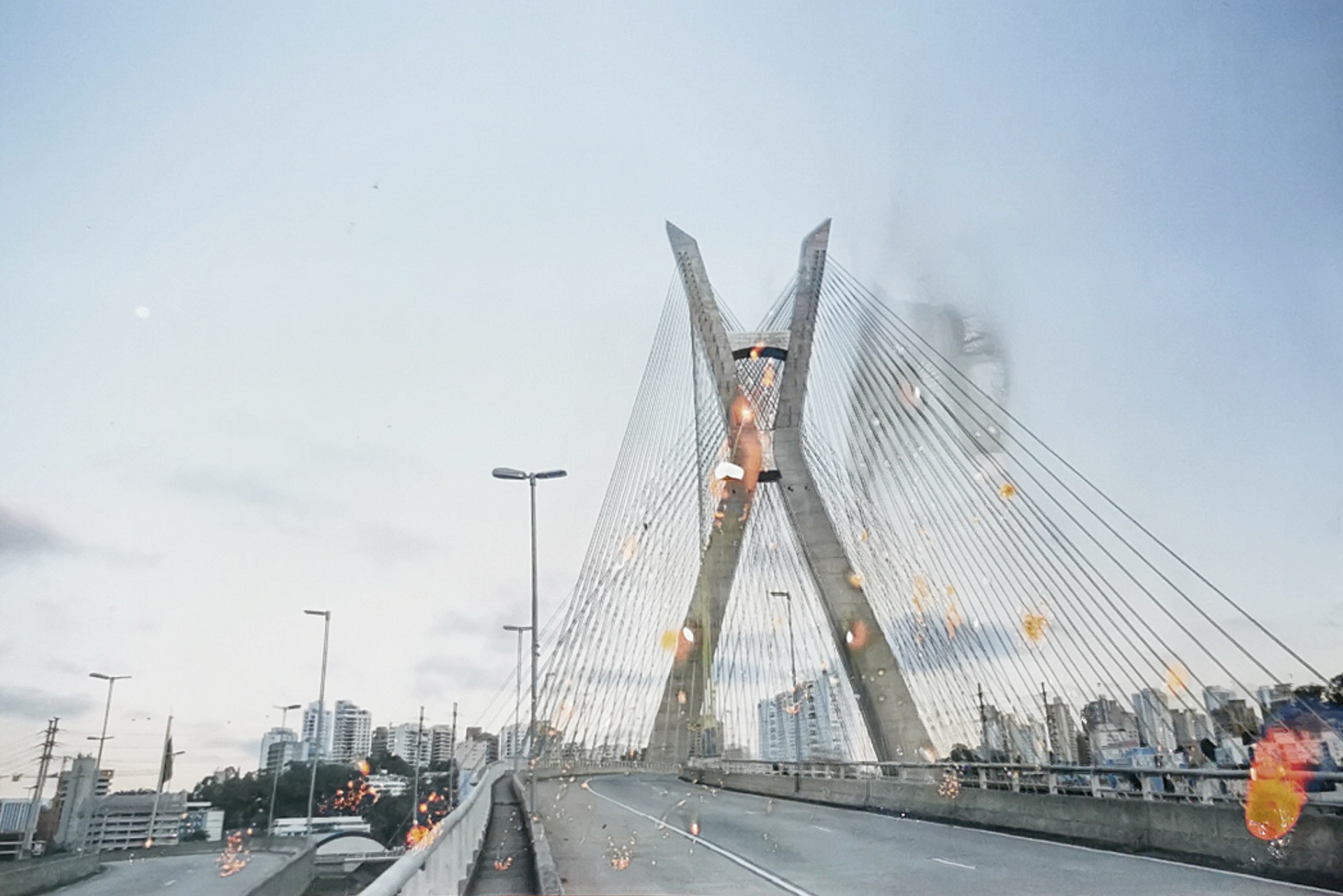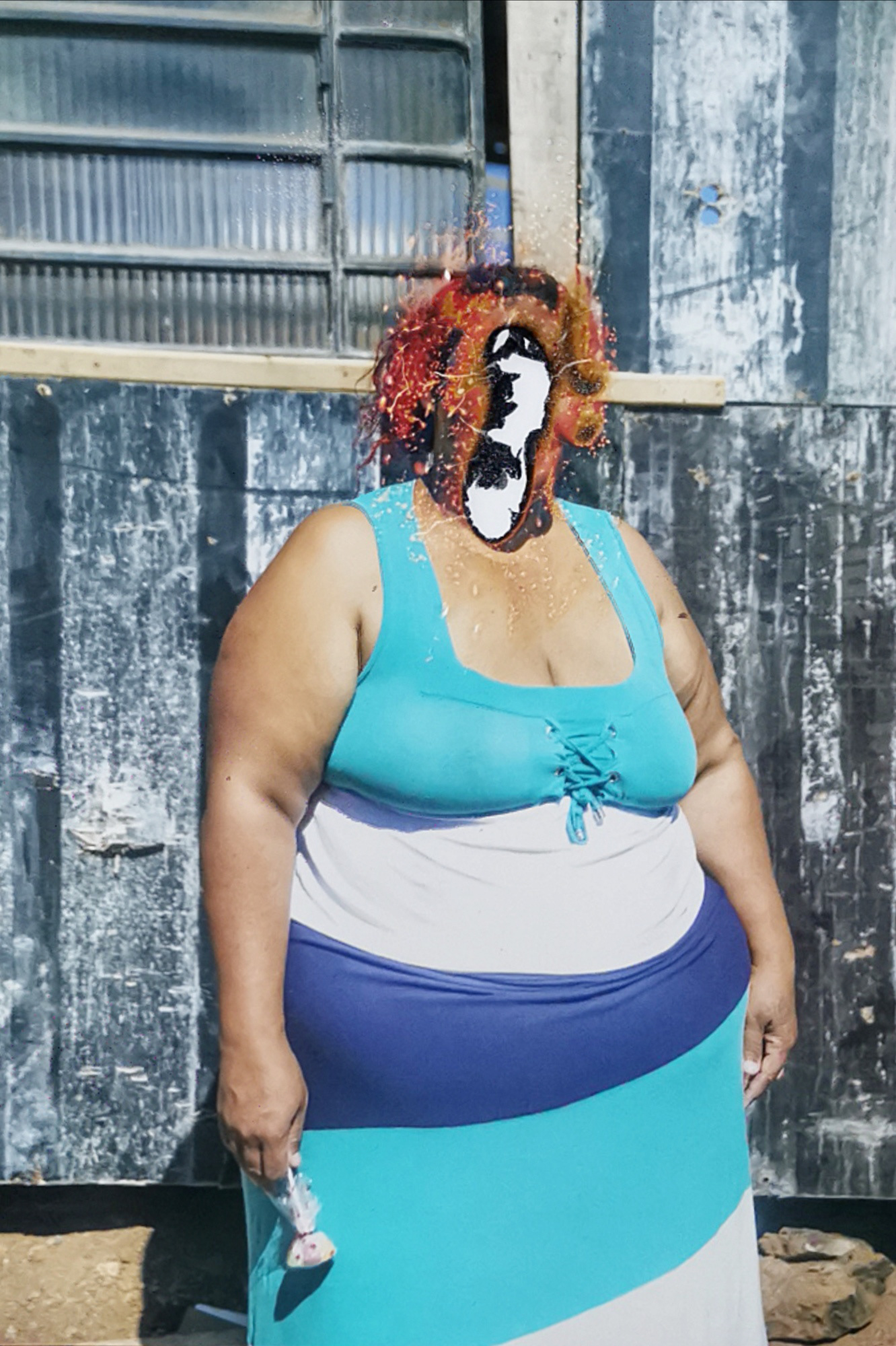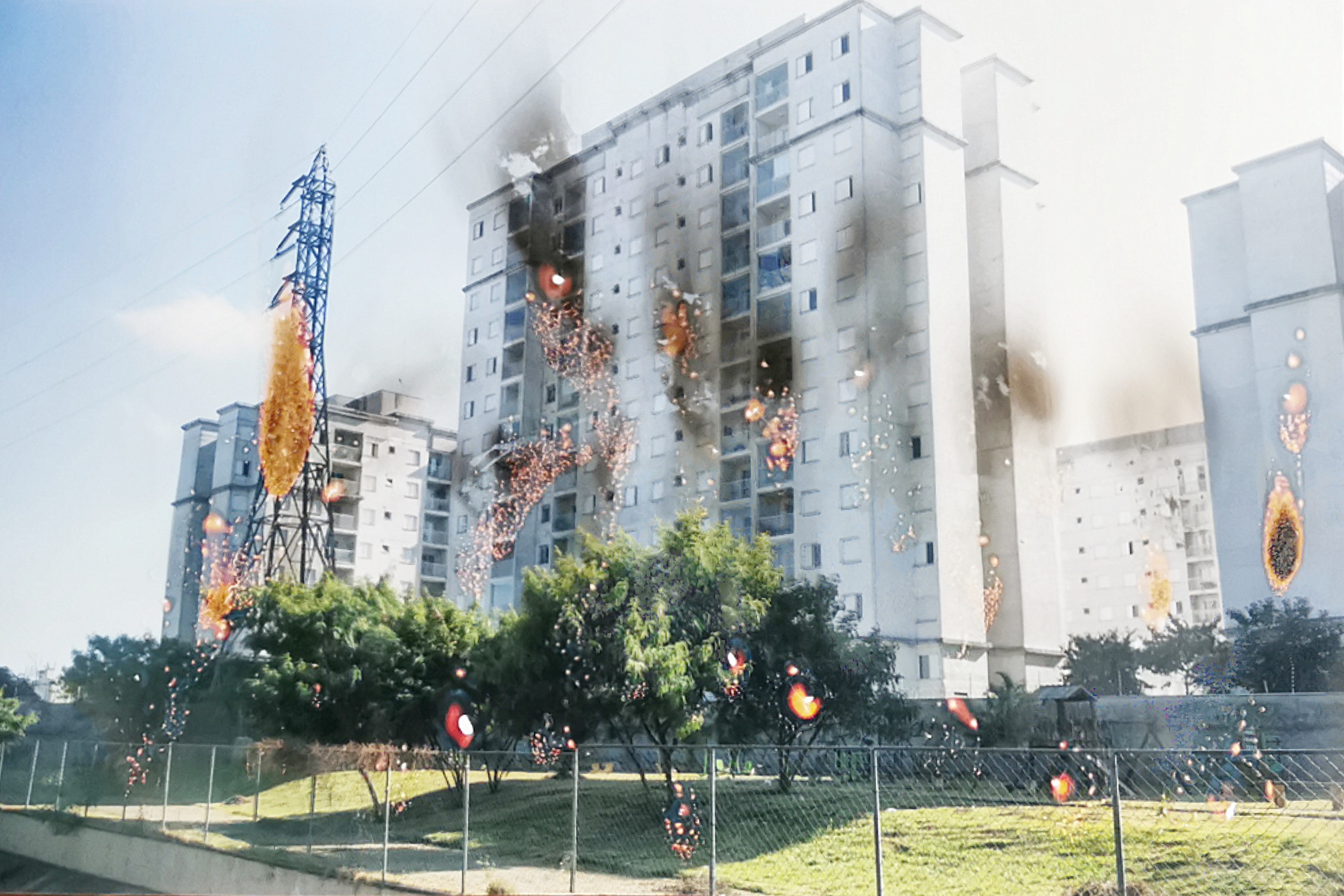












With more than 1.5 million people living in 1,700 slums, São Paulo subjects part of its inhabitants to precarious sanitary and infrastructural conditions. This architecture of vulnerability serves what philosopher Achille Mbembe defines as a necropower. “(...) the maximum expression of sovereignty lies largely in the power and capacity to dictate who may live and who must die”. When the humanity of another is denied, an array of violent practices becomes tolerable. Between 2001 and 2012 firefighters recorded at least 1,648 fires in the city slums, with a notable aspect: the communities frequently affected are located in areas about 75% more valued than average. Selected for Urban Operations, in which public and private sectors establish partnerships to carry out 'strategic projects', these areas have special rules to entice more 'requalifications’ toward what are, essentially, gentrification plans. Even if the police were especially inclined to investigate the situation, it is difficult to determine whether the fires are incidents or criminal arsons. Does a candle fall or is a candle intentionally dropped? It is possible to pinpoint, however, that wooden or cardboard shacks are easier to expropriate than consolidated brick houses. It might not be an issue of starting the fire, but letting it happen. 'Let it Burn' is a project that addresses this reality, using interventions made with fire (over portraits and snapshots of buildings constructed where favelas used to be) to demonstrate how private interests are above the dignity of people.












